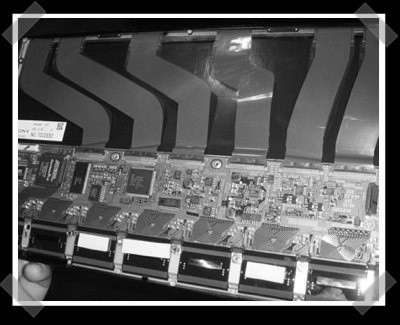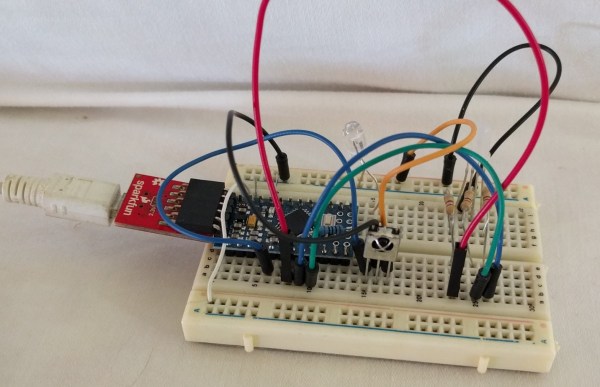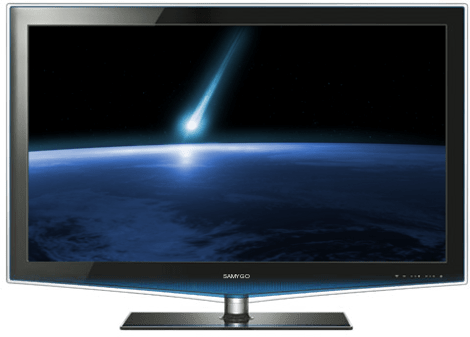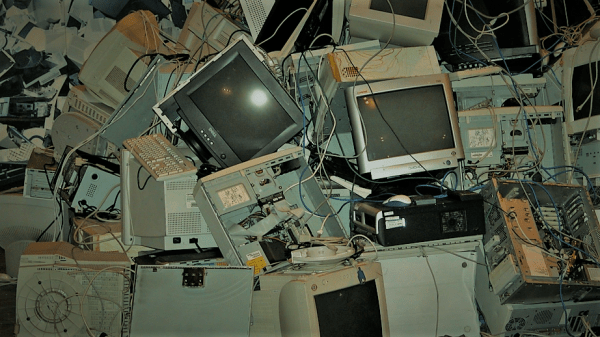The Sony Bravia series of HDTVs are a great piece of kit; they’re nice displays that usually have enough inputs for the craziest home theatre setups. These TVs also run Linux, but until now we haven’t seen anything that capitalizes on the fact these displays are wall-mounted Linux boxen. [Sam] sent in an exploit to root any Bravia TV – hopefully the first step towards replacing our home media server.
The exploit itself is a regular buffer overflow initialized by a Python script. The script sets up a Telnet server on any Sony Bravia with a USB port, and provides complete root access. [Sam] was able to get a Debian install running off a USB drive and all the Debian programs run correctly.
If you have a Bravia you’d like to test [Sam]’s script on, you’ll need a USB network adapter for the TV and a Telnet client to explore your TV’s file system. Right now there’s not much to do with a rooted Bravia, but at least now running XMBC or other media server on a TV is possible.
If anyone would like to start porting XMBC to a Bravia TV, [Sam] says he’s more than willing to help out. We’re not aware of any HDTV modding communities on the Internet, so if you’re part of one post a link in the comments.


















